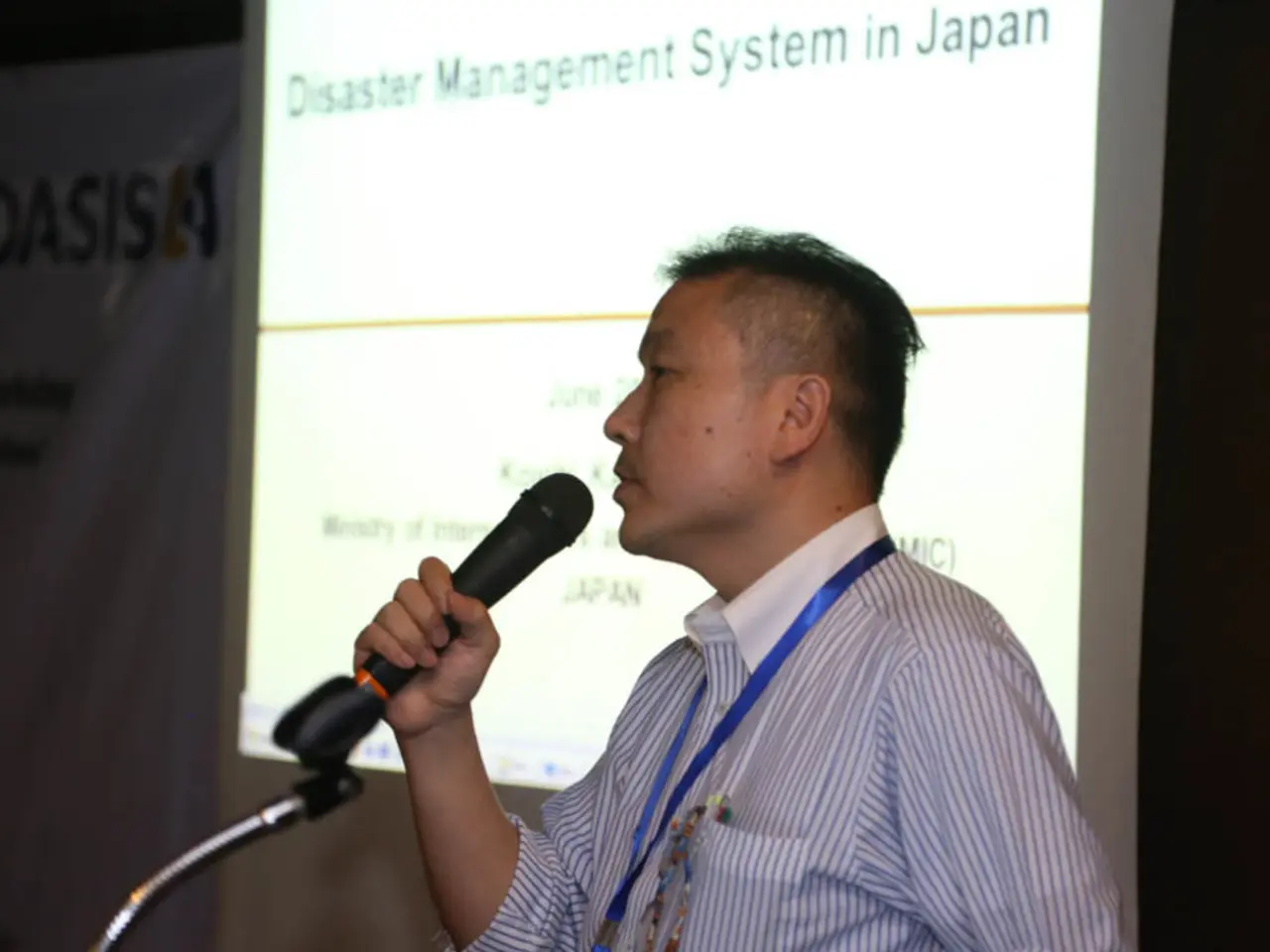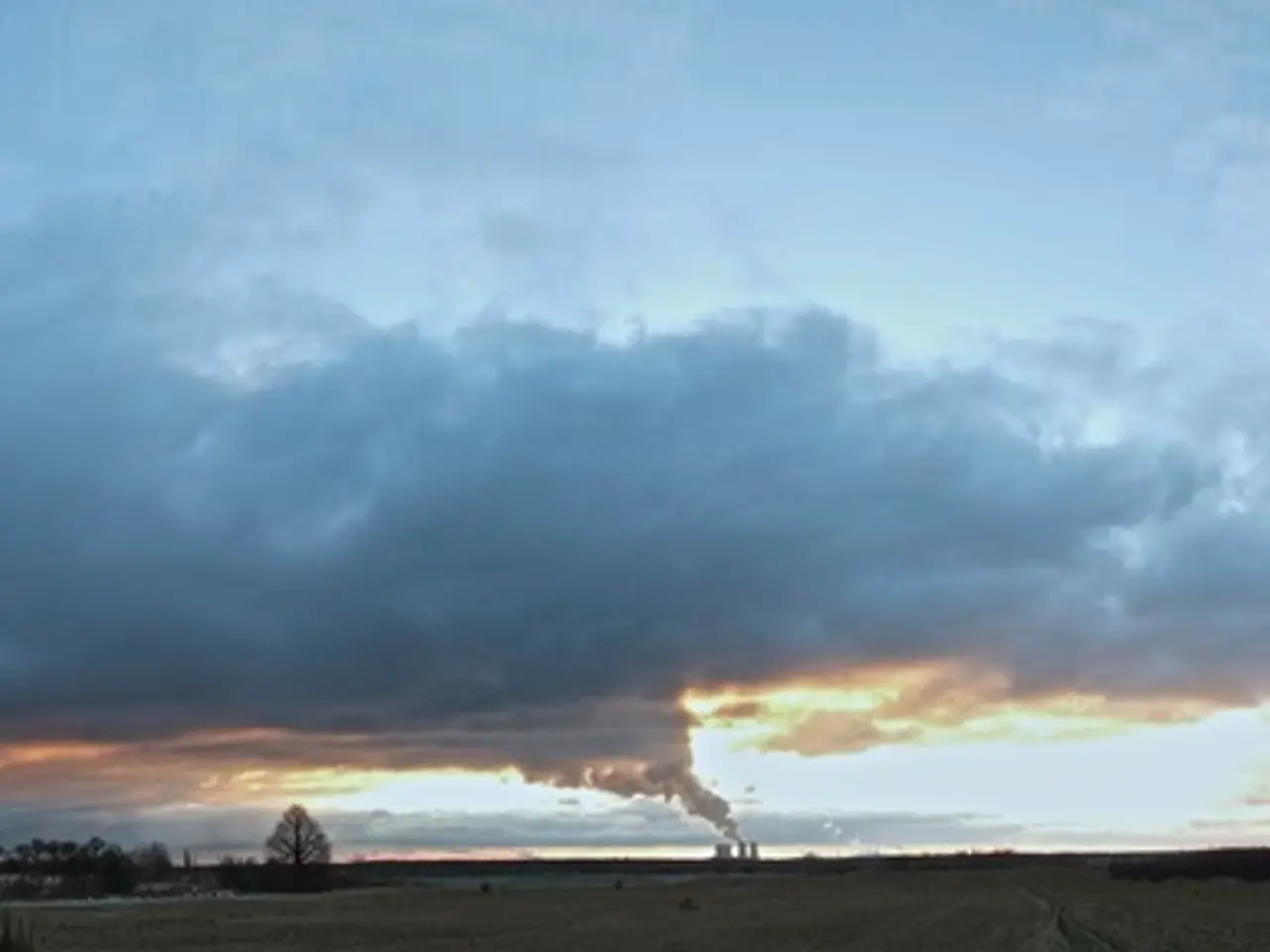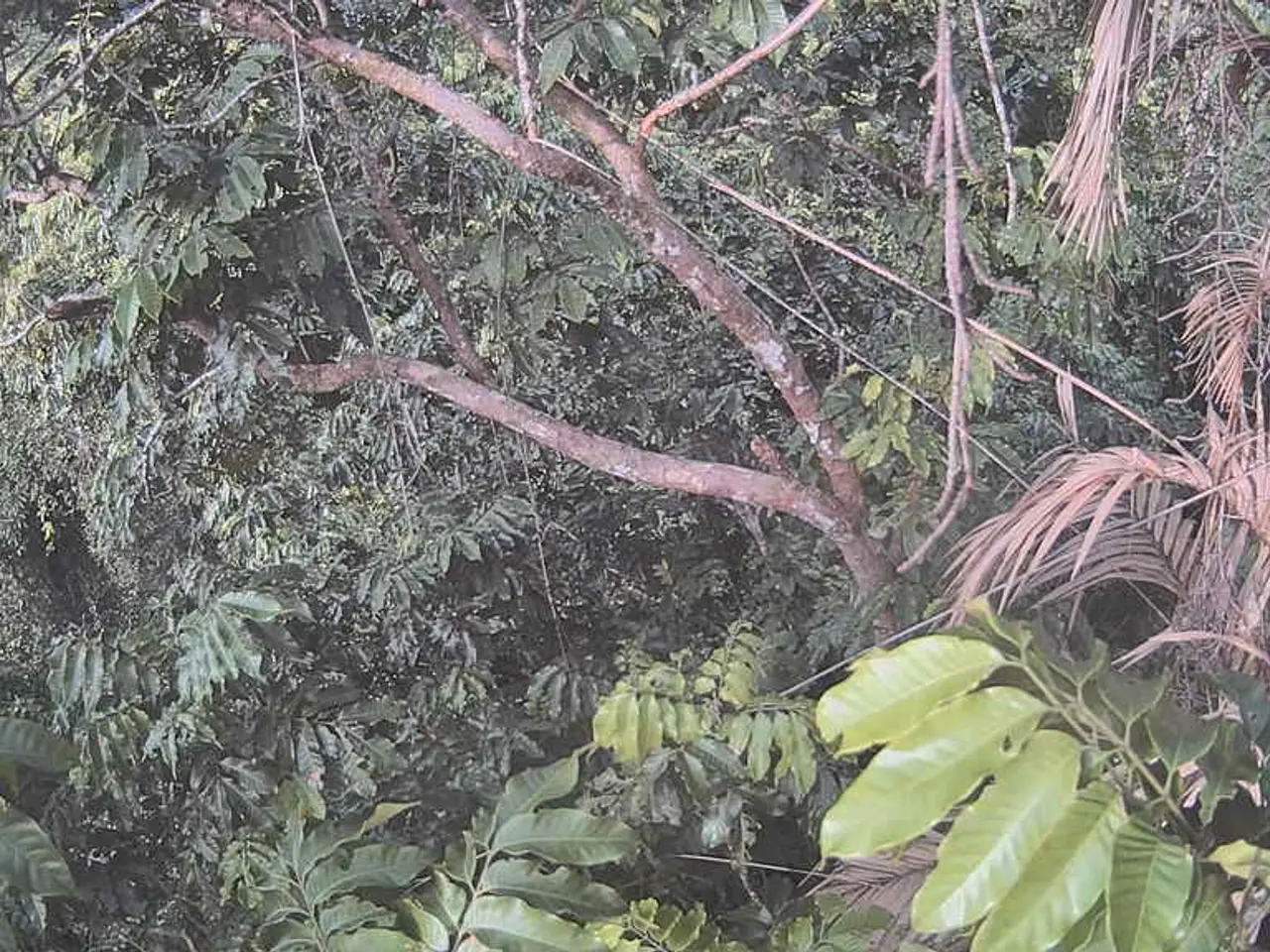catastrophic earthquake near Russian Pacific shores generates tsunami alerts across the entire Pacific region - Tatsevere earthquake off Russia's eastern shore sends tsunami alerts ringing throughout the Pacific Ocean
Strong Earthquake Triggers Tsunami Warnings Across Pacific
An earthquake with a magnitude of 8.8 struck off the coast of Russia's East Coast near Petropavlovsk-Kamchatsky, causing a tsunami alert across the Pacific14. This powerful quake, one of the strongest recorded in the region, occurred at a shallow depth of about 19.3 kilometers (12 miles), increasing its potential to generate significant shaking and a tsunami1.
Impact on Petropavlovsk-Kamchatsky and Kamchatka Peninsula (Russia): Residents of Petropavlovsk-Kamchatsky and the surrounding areas were left fleeing outdoors, often without shoes or outerwear, as buildings swayed and power outages occurred1. Damage included toppled cabinets, broken mirrors, swaying cars, and shaking balconies. The largest nearby city, Petropavlovsk-Kamchatsky, with a population of about 180,000, reported power outages and mobile phone failures1. Coastal flooding occurred due to tsunami waves reaching up to 16 feet in some areas2.
Impact on Japan: Although the quake was felt faintly about 250 km from Hokkaido, Japan’s northern island, it prompted a tsunami alert from Japan’s Meteorological Agency, which was later downgraded to an advisory14. Recorded tsunami waves were about 30 cm (1 foot) at Nemuro on Hokkaido and up to 2 feet recorded elsewhere on the island14. People in Japan evacuated to centers, recalling the 2011 disaster; transport services were temporarily disrupted2. No major injuries or damage were reported in Japan except for one injury linked to the wave impact2.
Impact on U.S. West Coast and Hawaii: Tsunami warnings and evacuations were issued, especially in Hawaii, where waves of up to 16 feet caused flooding and prompted evacuation orders that were later lifted as the threat diminished2. The U.S. West Coast received tsunami advisories, mostly lifted quickly except for minor areas near the California-Oregon border2. No significant damage or major injuries were reported in the U.S.2.
Impact on Mexico: Though tsunami advisories covered the California-Mexico border region, no specific impacts, damage, or injuries were reported from Mexico4.
Regarding the Fukushima nuclear power plant: There were no reports of any impact or damage to the Fukushima nuclear plant from this earthquake and tsunami event. The quake's location off Russia’s Kamchatka Peninsula and relatively small tsunami waves reaching Japan’s coast likely prevented any threat to Fukushima2.
Additional Impacts: - The North Kurils district declared a state of emergency3. - Peru issued a tsunami warning3. - The Chinese tsunami warning center anticipated "damage in certain coastal areas of China"3. - Local AFP reporters reported tsunami warnings being sent to mobile phones in California3. - Waves reached heights of up to four meters in some areas3. - In Ecuador, authorities warned of a "high probability" of a tsunami and ordered "preventive evacuations"1. - A tsunami hit the port city of Severo-Kurilsk on the northern Kuril island of Paramushir, south of the Kamchatka Peninsula1. - Mexico mobilized authorities at all government levels to keep people away from Pacific coasts1. - Waves up to one meter were possible in Australia, Colombia, Mexico, New Zealand, and Taiwan, it reported1. - The U.S. Tsunami Warning Center issued warnings for the west coast of North America, including California1. - This is the strongest earthquake in the Russian Kamchatka region since 19521. - The mayor of the North Kurils district stated that all people from the affected islands had been evacuated1. - Approximately 2,000 residents were evacuated from the affected area1. - The U.S. Tsunami Warning Center cautioned about one to three-meter high tsunami waves along the coasts of Chile, Costa Rica, French Polynesia, and the Pacific island of Guam1. - At least six aftershocks followed, one of which was magnitude 6.9, another magnitude 6.31. - China expected waves between 30 centimeters and one meter to hit parts of its eastern coast1.
Research Collaborations: As a result of this massive earthquake, international research collaborations in seismology, environmental science, and weather forecasting may be strengthened, aiming to better understand and predict such events, as well as their potential impacts on climate change5.
Educational Initiatives: This catastrophic event serves as an opportunity to promote educational initiatives and dialogues about the importance of disaster preparedness, particularly focusing on earthquake-prone regions, and the role of education in enhancing our response to climate change and environmental challenges5.
Science Curriculum Update: Due to the significant lessons learned from the aftermath of this earthquake concerning community resilience, emergency response, and environmental impacts, science curricula should be updated to incorporate considerations of climate change and environmental science, particularly in areas related to weather forecasting and hazard assessment5.








